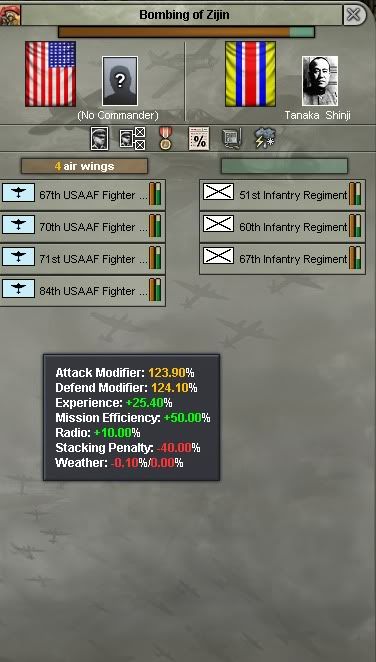good questions. let me just leap your frog.
ROFL
Thanks for the answers.
Regarding questions 3 and 4..... I have to disagree with your thoughts when playing as Germany. But this is a tutorial for all nations so yes, it will vary depending on the situation. Someday if you write a "Take3 for Experienced but not Expert Players" I would like to discuss this more.
6) the only option here, is to sacrifice as much as you can. there's a lot of 1938 tech around, but less 1939 tech. we will gradually move points over from one thing to the next. worst case scenario, transfer all LS to officer training for a few weeks. it really doesn't take long to build it back up to 100+ %. and we have the Sitzkrieg, where we will be doing our upgrades, giving us about 6 months to get back on top.
Ahhhh I wondered when or if you were going to start upgrading. I look foward to your next update.
EDIT: I really enjoyed Chapter 17.
zz
Last edited:








